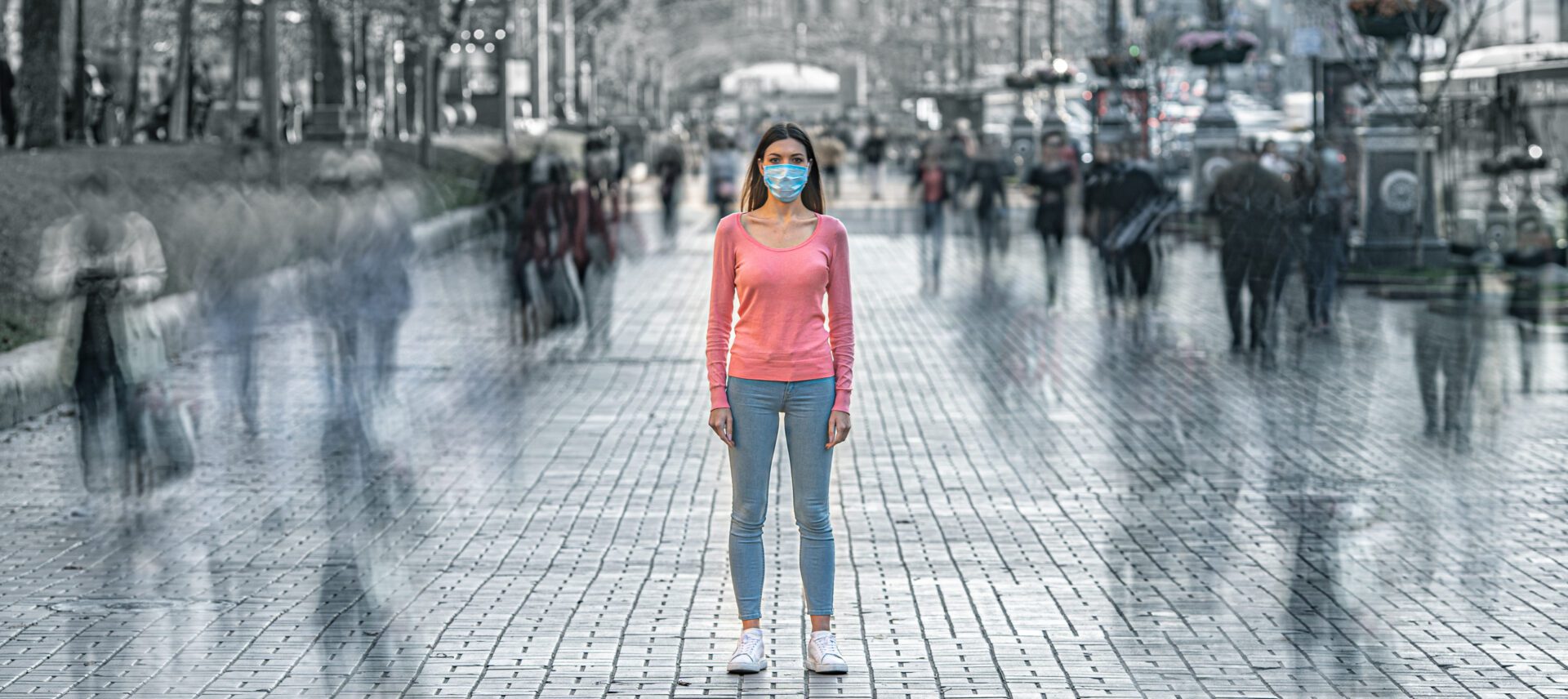Roughly a year after President Biden assured the nation that the COVID-19 pandemic was effectively over, rising transmission and hospitalization rates have motivated some businesses and institutions to return to masking and distancing. While COVID-19 numbers are nowhere near their peak levels, sharp increases are a cause for concern, and both individuals and businesses should plan accordingly, particularly where travel is concerned.

COVID Numbers Rising; New Variant A Concern
Let’s start with the root cause of these reactions: COVID-19 hospitalizations rose steadily over five weeks in July/August 2023. At this time, the CDC reports that COVID-19 hospitalizations have increased by another 21.6% in the last week. Additionally, COVID-19 deaths have also advanced to the tune of 21.4%. Again, COVID-19 hospitalization numbers are far below the overall peak in November 2021. They are also below the peak for 2023, which took place in January. On a county-by-county basis, hospitalization levels are still low, and hospital capacity remains unaffected mainly; the rapid and sustained increase in overall numbers is cause for concern.
Current worries about COVID-19 are partly fueled by the rise of several new variants, most recently SARS CoV-2 Sublineage BA.2.86. First identified in Denmark and Sweden, this most recent variant appeared in mid-August 2023. This variation is noteworthy because it has substantial genetic variations from previous virus strains. However, the best data available now indicate that current tests and medications will be effective against it. Cases are sporadic, but medical authorities are monitoring the situation closely as the variant isn’t fully understood. Currently, most active COVID variants are descendants of the Omicron variant, which emerged in 2022. EG.5 is presently among the most active of these and is responsible for a significant portion of new COVID-19 cases nationwide.
Businesses and Universities Reinstate COVID Measures
As far as we know, no government agencies, states, or local municipalities have returned to masking, distancing, closures, or other COVID containment measures. However, several businesses, institutions, and schools have done so, with more joining the trend as August turns into September. Rutgers University maintains its masking requirement on campus, while Morris Brown College in Atlanta has reinstated masking requirements going into the fall semester. Lionsgate Studios in Hollywood, CA, now requires masking and self-screening for employees in its office spaces. UMass Memorial Hospital in Boston, MA, has returned to masking due to rising COVID rates in that metro area. The list of similar policy moves is growing, leading to increased media attention and public concern.
President Biden has requested additional funds from Congress for other COVID-19 vaccines in response to these trends. The new vaccine blend would be updated to include unique variations, particularly XBB.1.5. While the release date for these new vaccines is unclear due to CDC testing requirements, the White House would prefer to see these made available sooner rather than later.
Current Risks and Protective Measures for COVID-19
This leads to a series of critical questions: What is the current actual risk of COVID-19 infection, and what steps should we all take to stay safe? While at present there is no cause for alarm per se, there are some signs that increased awareness, and some basic precautions are wise moves for all of us. Particularly during business travel, concerned parties should implement the following guidelines:
- Handwashing remains a crucial practice in preventing the transmission of COVID-19. Regular handwashing, particularly in public spaces, is one of the most effective things we can all do.
- Avoiding contact with individuals who have COVID-19 or may have been exposed/infected is another critical step that should be followed even by the vaccinated.
- If you or someone in your household is exposed to COVID-19, follow the CDC-recommended guidelines.
- When possible, hold meetings, gatherings, and events outdoors. Fresh air and ventilation are potent safeguards against COVID transmission.
- Know the symptoms of COVID-19 and continue to self-assess and self-test.
- Have a suitable mask or other face covering available in case the situation requires it.
- When traveling, monitor local conditions both at your destination and at any points of transfer or transit. Consider masking in spaces like airports, airplanes, and trains.
As with previous stages of the pandemic, panic and stress are far less helpful than preparation and understanding. This is an evolving situation, and we will continue to post updates on this blog as necessary.
